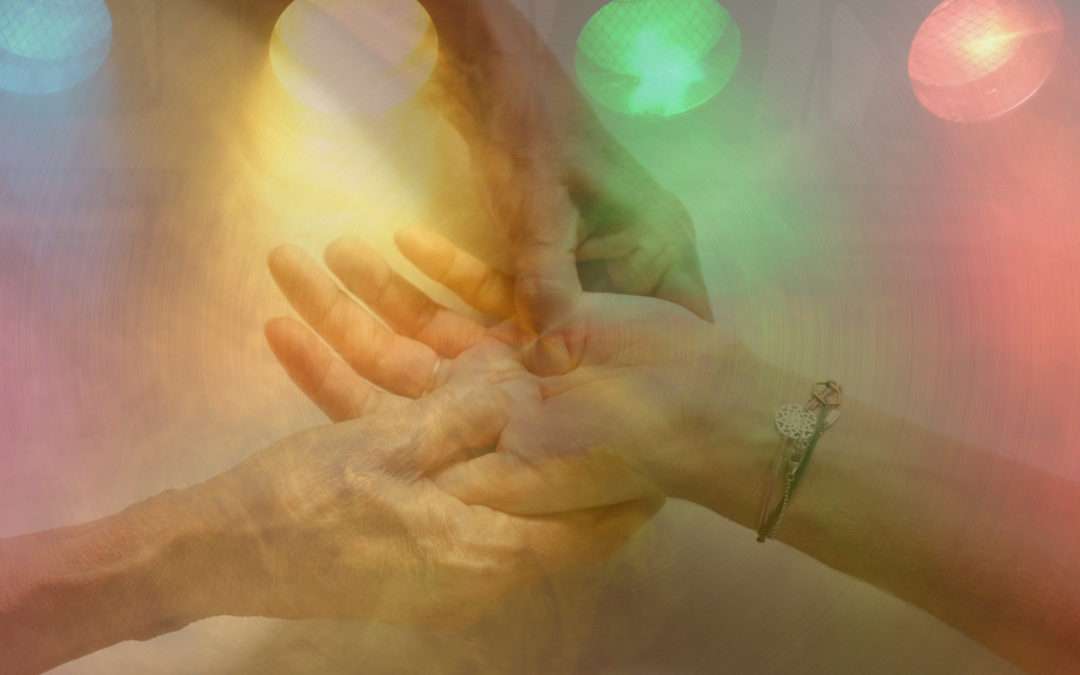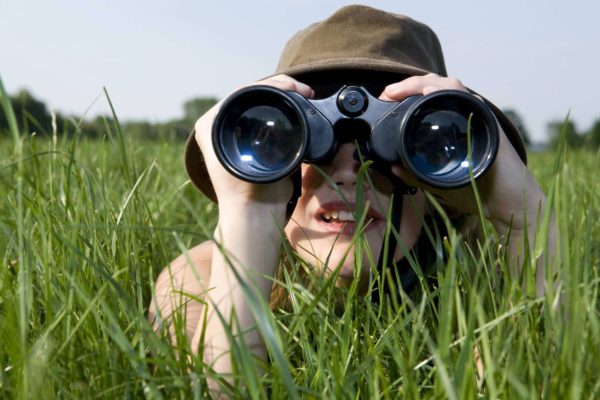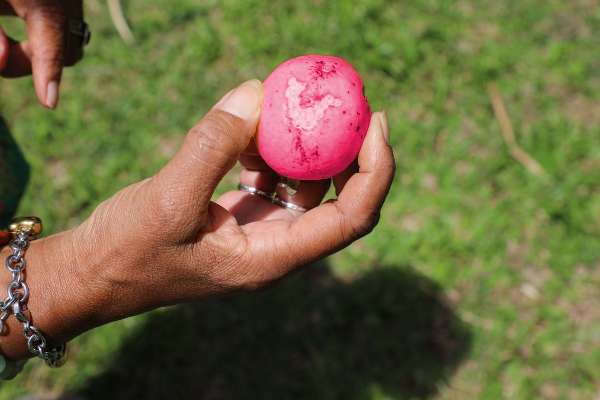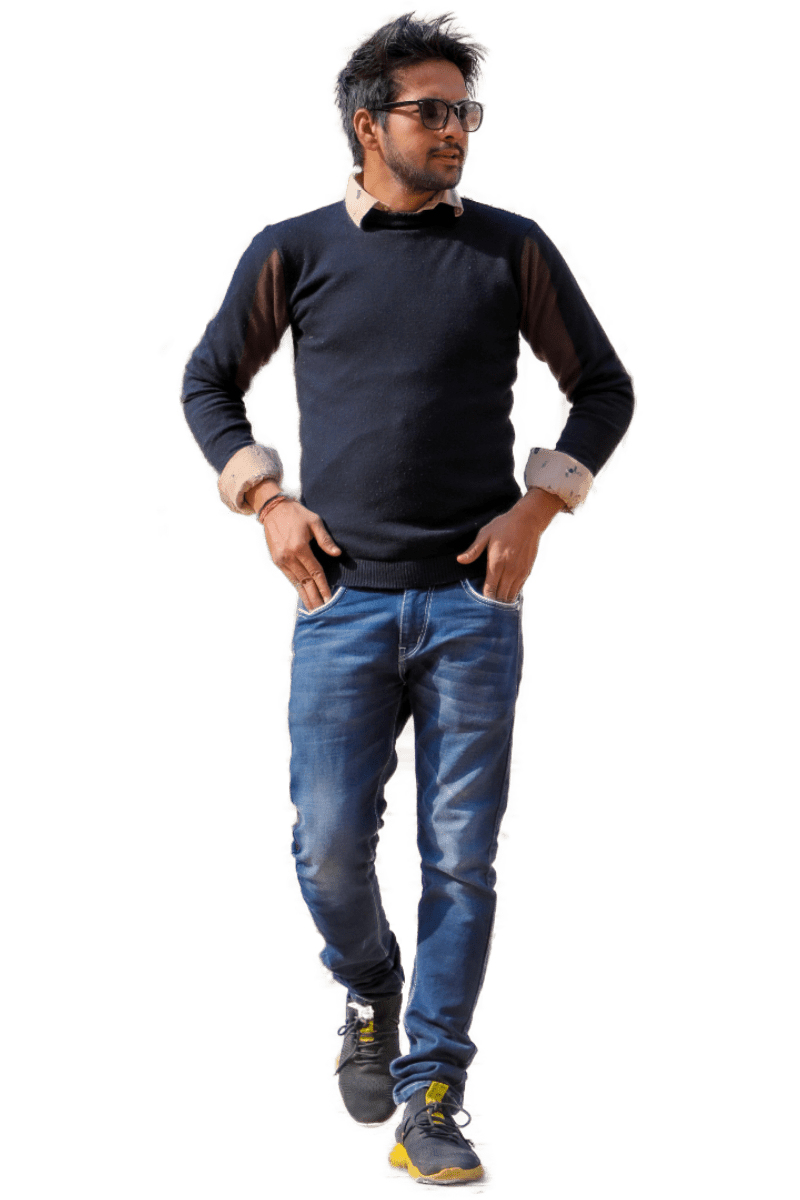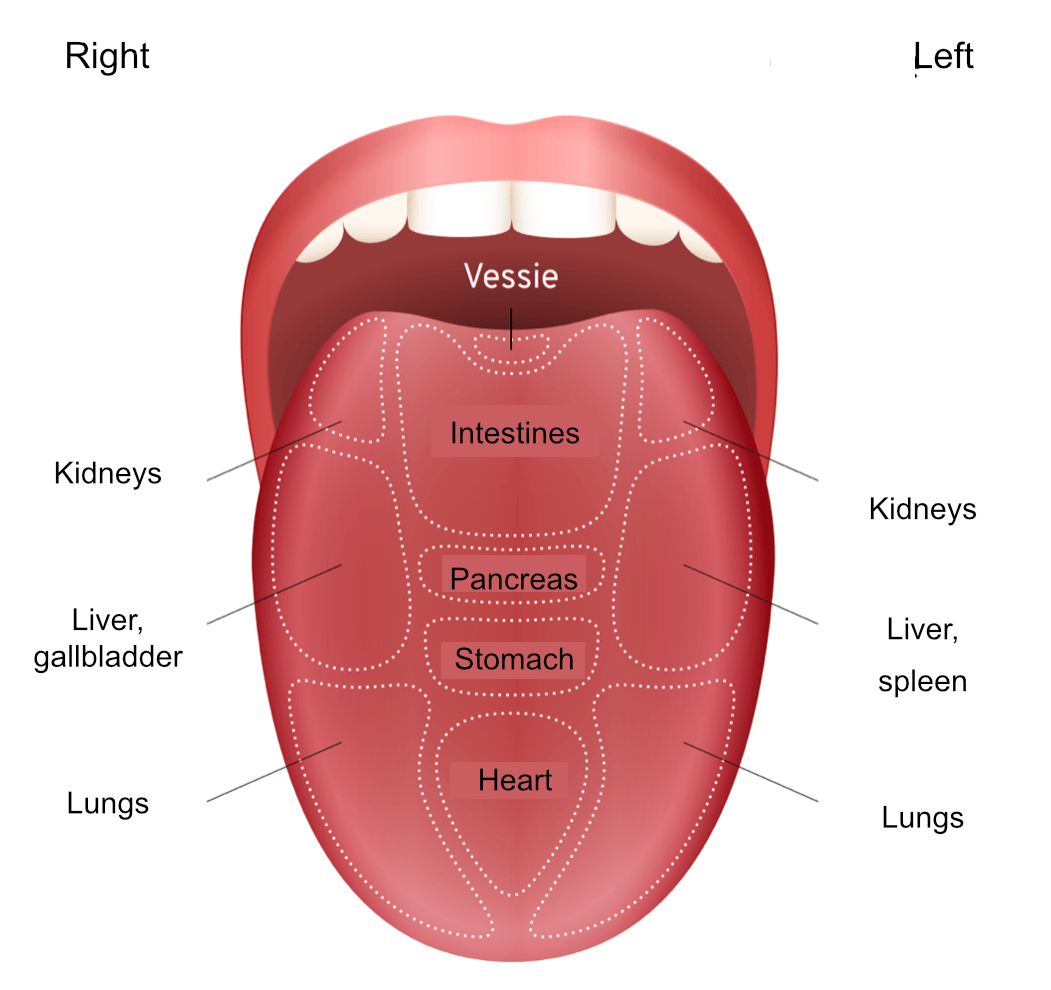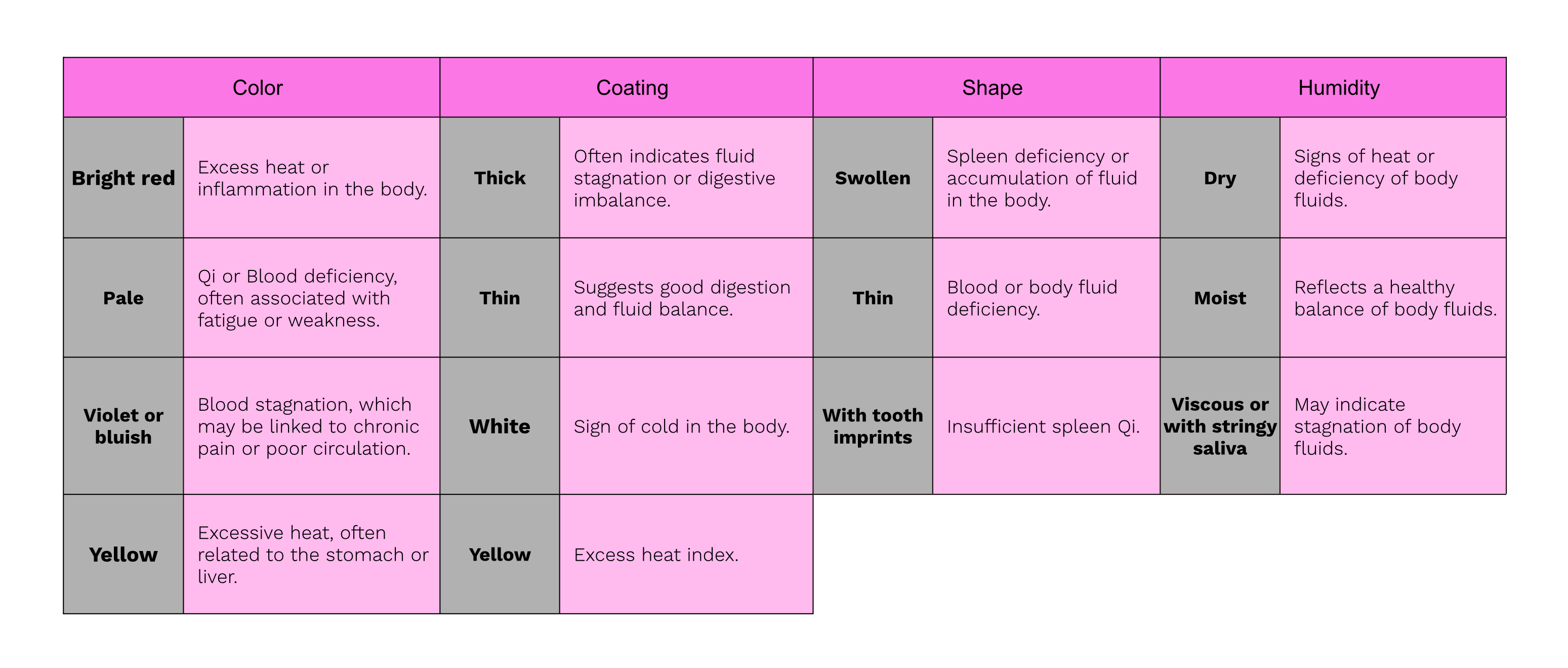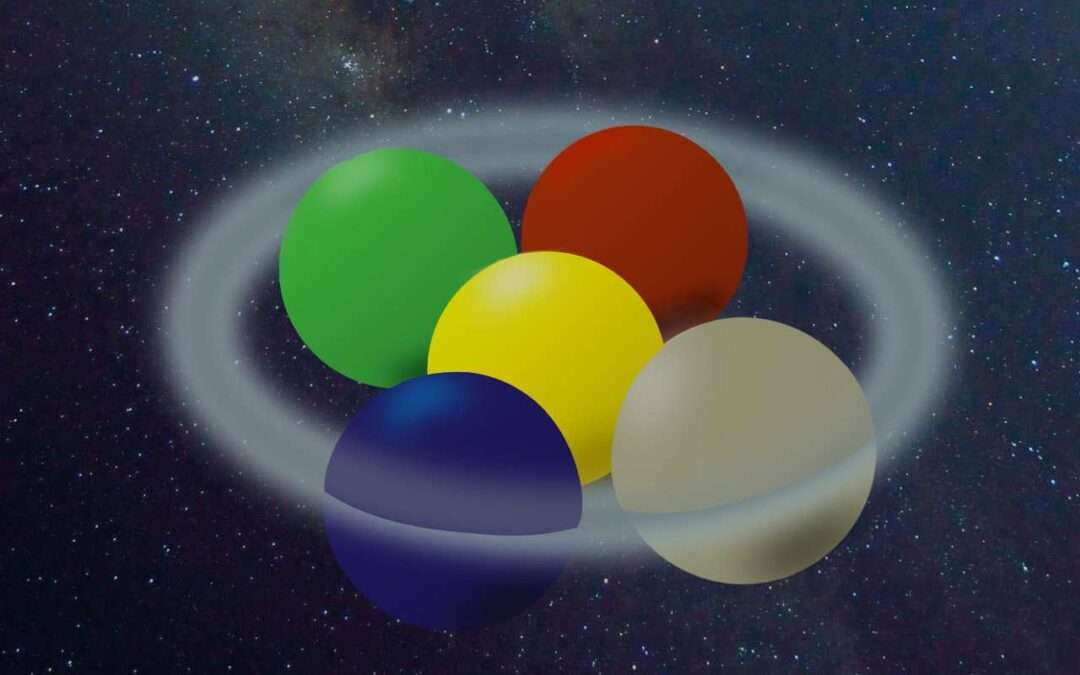
The five breath
- 25%
[switcher_langue]
The dance of the Five Elements
The origins of Breath
More than three thousand years ago, in the fertile valleys of the Yellow River, sages observed the sky, the earth, animals and the beating of the human heart. They already understood that life is not a series of isolated events, but a vibrant network of relationships and interactions.
Thus was born the theory of the Five Elements – Wood, Fire, Earth, Metal and Water – a poetic, philosophical and medical language to describe the dynamics of the Universe.
These elements are not materials, but movements and transformations. They represent phases of mutation of Qi, the vital energy, always in motion, always linked to the Dao, the natural path of the universe.
The morning of the world

Wood is birth, momentum, growth. It is spring breaking through the ice, the child discovering the world. Its movement is expansive, pushing outwards, upwards. It’s the tree that splits the rock, the will to live.
Wood is aspiration in the spiritual tradition. It symbolizes vision – not just of the eyes, but of the heart. It inspires artists, inventors and pioneers.
Today, the Wood element can be found in the creative entrepreneur, the activist who dreams of a better world, or in the teenager in search of an identity. But when Wood is unbalanced, it becomes anger, frustration and rigidity, which originate in the liver and gall bladder.

Fire is associated with paroxism: summer for the seasons, the maturity of the accomplished adult, the brilliance of the day at its zenith. We speak of love, joy or human warmth.
Fire burns at the center of our chest in the Heart, the emperor of organs according to Chinese medicine. It also governs the Small Intestine, the Heart Master and the Triple Warmer.
But Fire is also openness, generosity, sincere communication, the ability to love without possession. It’s the laughter of a child, the flame of a monk at prayer, the fire of a shaman in trance.
When Fire is unbalanced, it becomes overexcited, agitated and can lead to insomnia. In our contemporary world, saturated with digital stimuli, Fire is often in excess, fueled by a compulsive need for attention and gratification.
Breath of detachment
Metal corresponds to autumn, falling leaves, old age and the return to basics. It is associated with the Lungs and the Large Intestine, masters of rhythm and elimination. It teaches the art of letting go, the beauty of silence, the nobility of impermanence.
Metal is the discipline of the monk, the righteousness of the samurai, the poetry of emptiness. It is the element of breath – the inhalation of life, the exhalation of death. It knows how to recognize the value of things and naturally detaches itself from the useless.
In a consumerist civilization, rediscovering Metal means learning to say “no”, honor grief and purify our inner space. When Metal is blocked, sadness, melancholy and difficulty in turning the page appear.
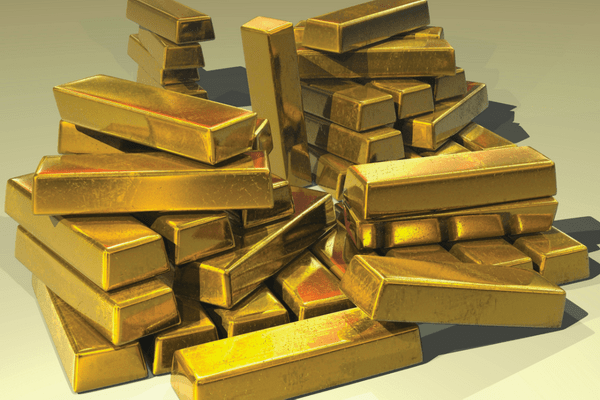
Anchoring to the mother
The Earth is the center around which life revolves. It’s the end of summer, the time of harvest. Organically, it governs the Spleen and Stomach, the organs of digestion, not only of food, but also of emotions and ideas.
Earth symbolizes stability, acceptance and trust. It is the energy of the nurturing mother, or of the wise man sitting in contemplation in a field. It embodies listening, caring and refocusing on the inner life. When this tranquility is disturbed, the individual falls prey to mental rumination, over-control, chronic worry or anxiety.
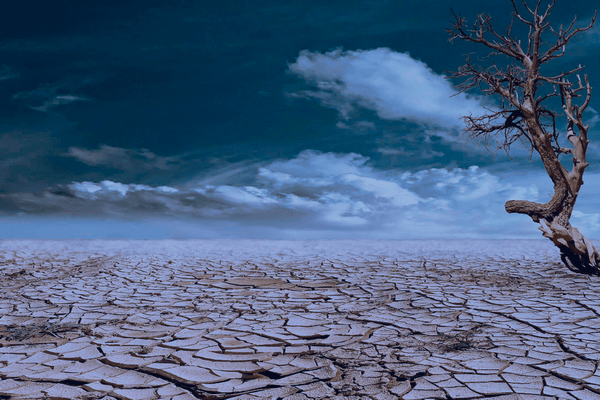
In an age of dispersion, the Earth is a reminder of simplicity, of presence. Shocking contrast: the lack of Earth manifests itself in inner exile; bodies are nourished, but spirits are starved.
Depth and invisibility

Finally, water corresponds to winter, night, dreams and death. It governs the Kidneys and Bladder, the guardians of our ancestral energy. It is the force of Yin, of silence, of mystery.
It is the memory of the world, the wisdom that lies dormant within us all. It is the underground river of our intuitions, the fear that protects, deep sexuality and gestation. Spiritually, Water embodies absolute trust in the flow of the Dao, humility in the face of the unknown.
It is the energy of hermits, shamans and children in spontaneous meditation. Sadly, in our fast-paced world, chronic fear, exhaustion and existential emptiness all reflect a lack of Water energy. But when it flows freely, Water heals. It links generations, transmitting the very essence of life.
A diagnostic and treatment tool
These five elements perpetually interact with each other, the balance of one having repercussions on the others. These interrelations have been modeled by TCM (see below).0pxThe Chinese physician uses the theory of the five elements to diagnose and treat his patient.
The principle is always to restore overall balance by acting on the elements in imbalance. Feng Shui masters also use the Five Elements to balance the energy of living spaces.
The dynamics of the 5 elements
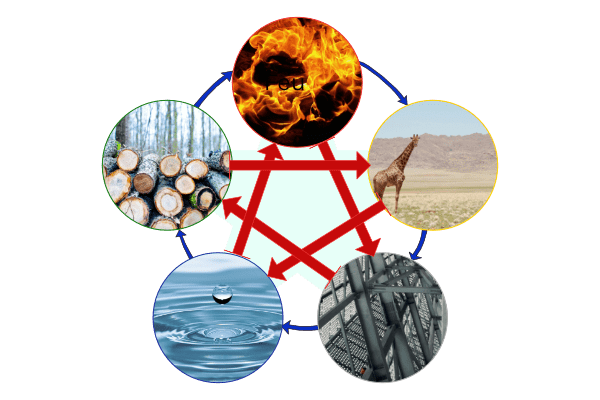
The balance of the Five Elements is based on the interactions described by the following two cycles: the cycle of generation and the cycle of control.
The generation cycle (or creation cycle) illustrates a relationship of mutual nourishment and support. Each element begets the next: Wood nourishes Fire, Fire creates Earth (ashes), Earth bears Metal (minerals), Metal begets Water (condensation), and Water nourishes Wood. It’s a harmonious cycle that ensures a continuous flow of energy.
The cycle of control (or cycle of domination) describes a relationship of regulation and limitation. Each element controls another: Wood controls Earth (roots holding back the soil), Earth controls Water (dikes), Water controls Fire (extinguishes it), Fire controls Metal (melts it), and Metal controls Wood (the axe cuts the wood). This cycle maintains balance by preventing one element from becoming dominant.
These two cycles help us understand the dynamics of the five elements and their interrelationships within the body and the environment.
